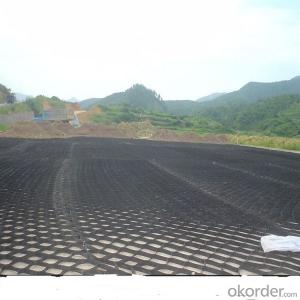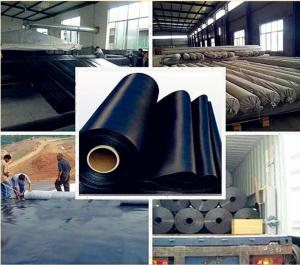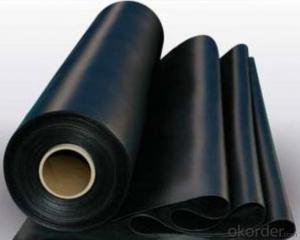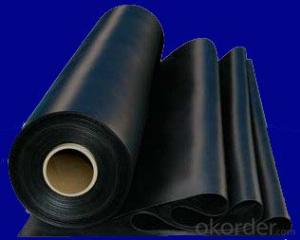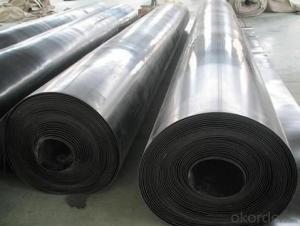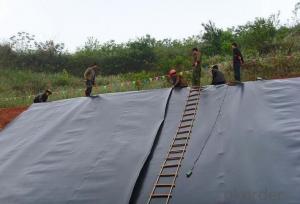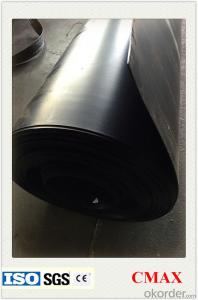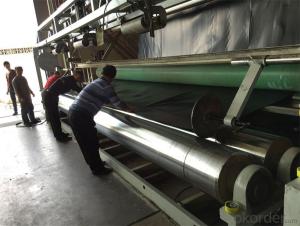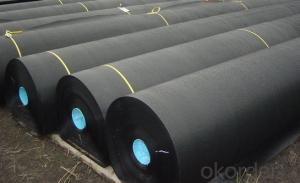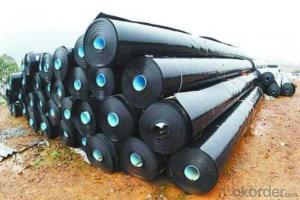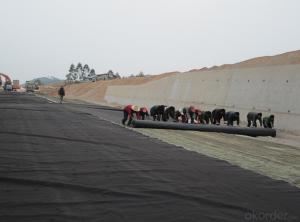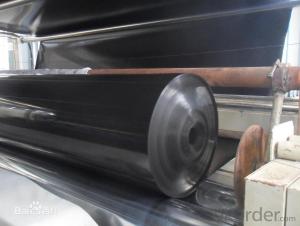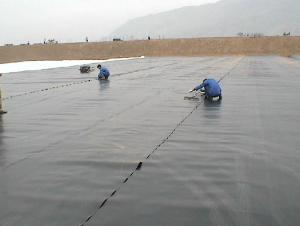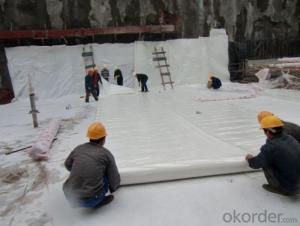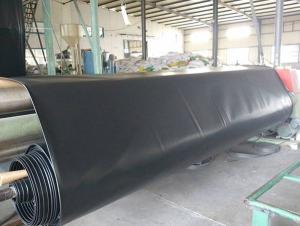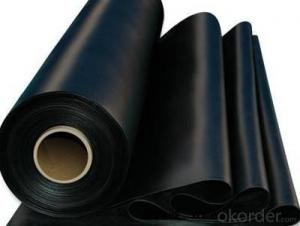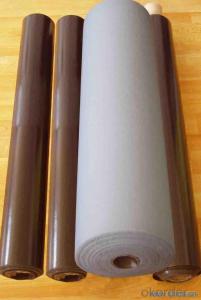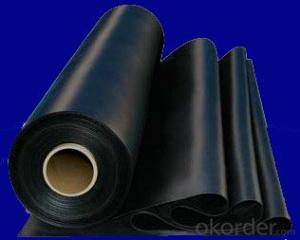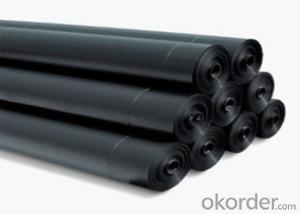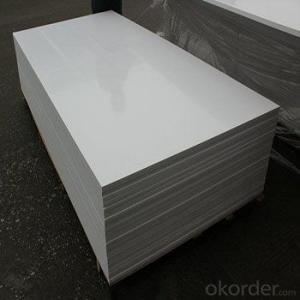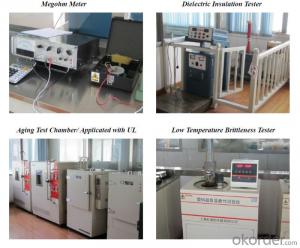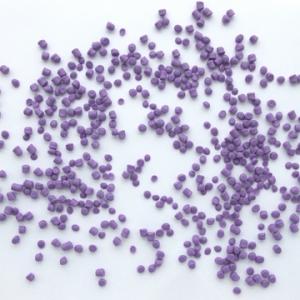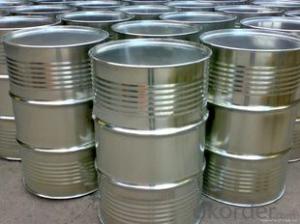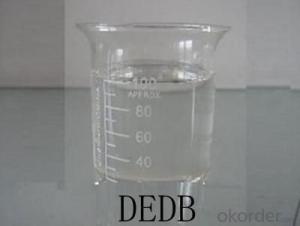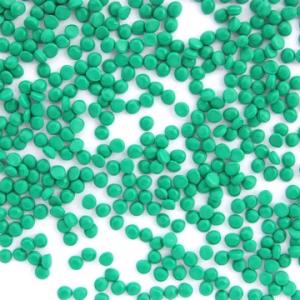Geomembrana Hdpe 1mm
Geomembrana Hdpe 1mm Related Searches
Geomembrana Hdpe 1 Mm Precio Geomembrana Hdpe 2mm Geomembrana Hdpe Hdpe Geomembrana Precio Geomembrana Hdpe 1.5 Mm Geomembrana In Hdpe Geomembrana De Hdpe Geomembrana 1 Mm Geomembran Hdpe Geomembrana Hdpe 2 Mm Precio Geomembrana Hdpe 40 Mils Geomembrane Hdpe Wholesale Hdpe Geomembrana Hdpe Geomembrane Machine Geomembrane In Hdpe Geomembrana Ldpe Hdpe Smooth Geomembrane Geomembrana Hdpe Sodimac Geomembrana De 1 Mm Precio Hdpe Membrane Rollo De Geomembrana Hdpe Hdpe Geomembrane Sheet Geomembrana Lldpe Hdpe Textured Geomembrane Reinforced Hdpe Geomembrane Gse Hdpe Geomembrane Hdpe Geomembrane Specifications Pegamento Para Geomembrana Hdpe Hdpe Geomembrane Price Hdpe Geomembrane ChinaGeomembrana Hdpe 1mm Supplier & Manufacturer from China
Geomembrana HDPE 1mm is a high-quality geomembrane product made from high-density polyethylene (HDPE), which is widely recognized for its excellent chemical resistance, durability, and environmental compatibility. This product is specifically designed to serve as a barrier in various applications, such as landfill liners, water reservoirs, and other containment structures, ensuring the prevention of leakage and contamination.The versatile nature of Geomembrana HDPE 1mm makes it suitable for a wide range of usage scenarios, including environmental protection, waste management, and water management projects. Its robustness and flexibility allow for easy installation and adaptation to different site conditions, making it a preferred choice for engineers and contractors involved in civil and environmental engineering projects. The product's ability to withstand harsh environmental conditions and resist chemical degradation further enhances its value in these applications.
As a leading wholesale supplier, Okorder.com offers a comprehensive inventory of Geomembrana HDPE 1mm, ensuring that customers have access to a reliable and consistent source of this essential product. With a commitment to quality and customer satisfaction, Okorder.com is well-positioned to meet the demands of various industries that rely on high-performance geomembranes for their projects.
Hot Products
